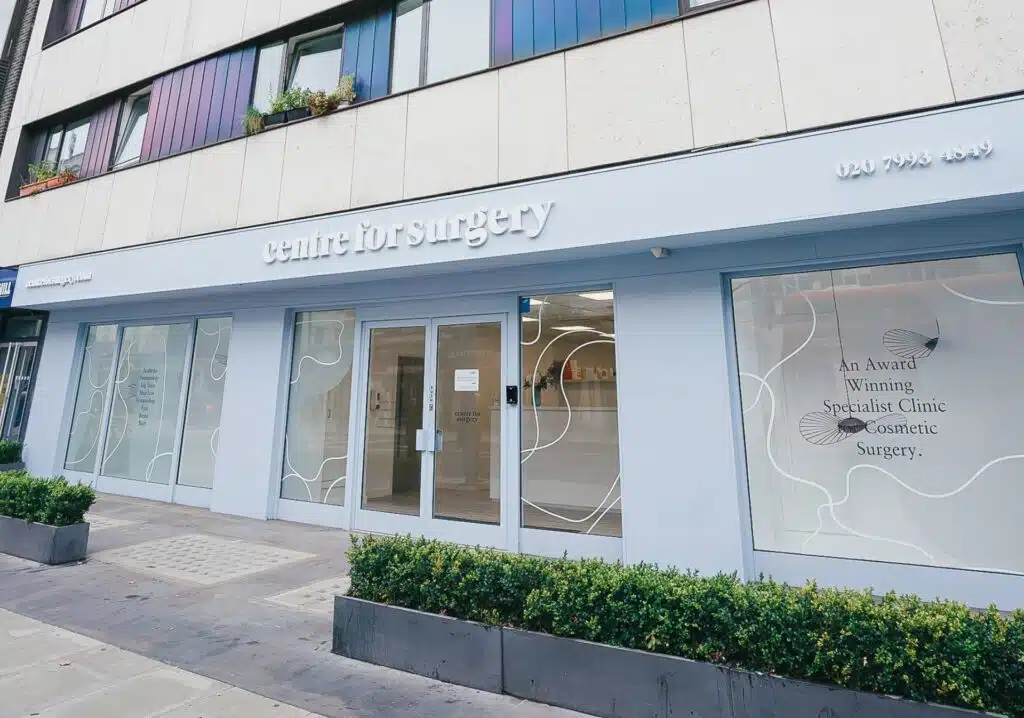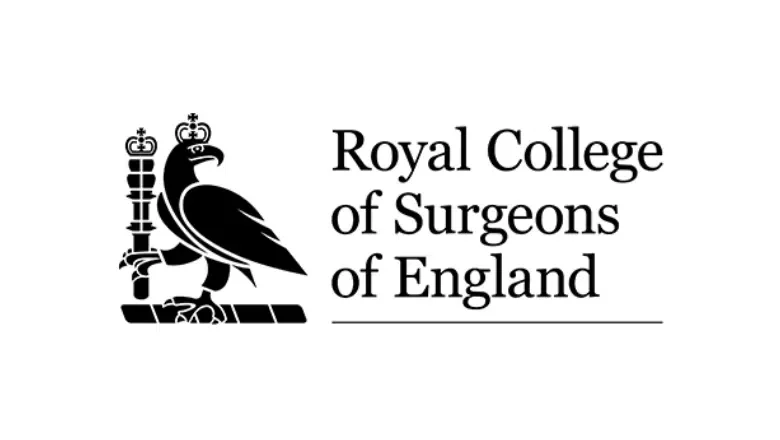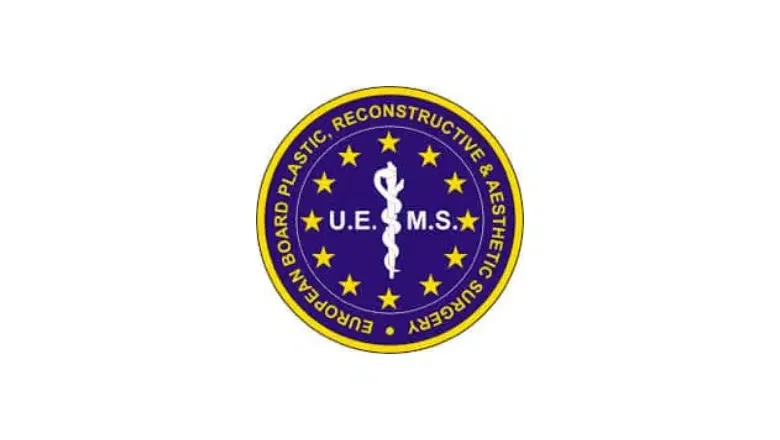Diastasis recti, a common condition following pregnancy, occurs when the rectus abdominis muscles, commonly known as the “six-pack” muscles, separate down the middle of the abdomen. This separation can make some women appear as though they are still pregnant, even after they have given birth. While this condition often resolves on its own over time, for some women, the muscles do not fully repair. In these cases, abdominoplasty surgery, often with muscle repair, maybe a necessary solution.
RELATED: Split Tummy Muscles after Pregnancy – Treatments for Diastasis Recti
This guide will explore what diastasis recti is, how it can be treated with exercises, and when surgery may be the best option to achieve full recovery and regain pre-pregnancy body confidence.
What is Diastasis Recti?
Diastasis recti is a condition where the rectus abdominis muscles, which run down the front of the abdomen, become separated due to the stretching of the linea alba, the connective tissue that holds these muscles together. This condition most commonly occurs during pregnancy as the uterus expands, placing pressure on the abdominal wall, though it can also affect men and individuals who have experienced rapid weight gain or have overstrained their abdominal muscles through improper exercise or heavy lifting.
RELATED: Abdominal Separation – Diastasis Recti after Pregnancy
For women, the appearance of a bulge or a protruding belly post-pregnancy is often the most noticeable symptom of diastasis recti. This occurs because the abdominal muscles are no longer able to support the internal organs in the same way as before. In addition to the aesthetic concerns, diastasis recti can also cause lower back pain, poor posture, and difficulty lifting objects due to weakened core muscles.
Exercises for Diastasis Recti
In many cases, mild diastasis recti can be managed or even corrected through targeted exercise. Specific exercises that engage and strengthen the core without placing undue pressure on the separated muscles can help encourage healing.
Pilates exercises, in particular, are often recommended. Movements such as pelvic tilts and bridges are gentle on the abdominal muscles while helping to rebuild strength in the core. Pelvic tilts involve lying on your back with knees bent, then tilting the pelvis upward to engage the lower abdominal muscles. Bridges, which involve lifting the hips while keeping the upper body flat on the ground, also work to strengthen the core without straining the abdominal wall.
While exercise can be beneficial, it is essential to consult with a healthcare provider or a specialist such as a physiotherapist or personal trainer experienced in working with diastasis recti before beginning any exercise regimen. Certain exercises, such as crunches, sit-ups, or planks, can exacerbate the condition by putting too much pressure on the abdominal muscles, further widening the gap.
If the separation is larger than 2 cm, it may be challenging to achieve significant improvement through exercise alone. In such cases, surgical intervention may be necessary to restore the appearance and function of the abdominal muscles.
RELATED: What Does a Torn Stomach Muscle Feel Like? – How to Fix Diastasis Recti
Is Surgery Necessary?
If exercises do not sufficiently address the separation of the abdominal muscles or if the gap between the muscles remains wider than 2 cm, surgery may be recommended. Before making the decision to undergo surgery, there are several factors to consider.
- Have you tried exercise?
Exercises targeting the core can help some people with diastasis recti, particularly those with mild cases. However, because the abdominal muscles have been significantly stretched during pregnancy, exercise alone may not always be enough. If you have diligently tried exercises like pelvic tilts, heel slides, and abdominal compressions without success, surgery may be the next step. - Are you planning on having more children?
It’s important to note that another pregnancy can reverse the results of surgery. The muscles are likely to separate again during pregnancy, meaning that the surgery would need to be repeated. Before considering an operation, ensure you are certain about your family plans to avoid the need for a second procedure. - Have you reached your target weight?
Surgeons often recommend achieving your desired weight before undergoing a rectus diastasis repair. This is because any additional weight loss after surgery may result in loose skin, undermining the results of the procedure. During the surgery, any excess skin can be removed along with the repair of the muscles, helping you achieve a more toned and flat stomach.
It’s worth noting that while diastasis recti surgery is commonly associated with women who have been pregnant, men can also suffer from the condition. Men who have developed diastasis recti may notice a midline bulge along the abdomen, often as a result of improper exercise or lifting techniques. Like women, men can benefit from surgical repair if the condition is causing physical discomfort or affecting their self-esteem.
The Rectus Diastasis Repair Procedure
The surgery to correct diastasis recti is an invasive procedure. The specifics of the operation depend on the severity of the muscle separation and whether excess skin needs to be removed as well.
For many patients, the surgery involves an abdominoplasty, commonly known as a tummy tuck. This procedure involves making an incision at the lower abdomen, near the bikini line, to access the rectus abdominis muscles. The surgeon will then tighten the muscles, pulling them back together to restore their natural position. If there is any excess skin, it will be removed during the procedure to create a flatter, more toned appearance.
In more extensive cases, a full tummy tuck may be necessary. This involves repositioning the belly button to ensure the skin sits naturally over the newly contoured abdomen. In these cases, the surgeon lifts the skin to a higher level on the torso, requiring a longer recovery time.
Recovery After Diastasis Recti Surgery
Given the invasiveness of rectus diastasis repair, recovery can take some time. Depending on the complexity of the surgery, you may require an overnight stay in the hospital following the procedure.
For the first two weeks post-operation, your mobility will be significantly limited, and you will need to avoid lifting heavy objects or performing core exercises. This can be a challenge for individuals with young children, as you may need additional help with childcare during this period. You will need to avoid lifting children or other heavy objects for a minimum of six weeks, so it’s essential to plan for assistance during your recovery.
RELATED: Exercise after tummy tuck – top tips
Full recovery from the surgery can take up to a year. Swelling may persist for several months, and it will take time for scars to heal and flatten. Over this time, you will notice a gradual improvement in the shape and tone of your abdomen.
The Benefits of Surgery for Diastasis Recti
Although rectus diastasis repair is a significant procedure, it is highly effective for those who experience persistent abdominal bulging or discomfort that cannot be addressed through exercise. For many patients, the surgery provides relief from abdominal pain, improves posture, and restores confidence in their appearance. The long recovery time is often considered worth the physical and emotional benefits that come from restoring the core muscles.
About Us: Centre for Surgery
Centre for Surgery is a renowned clinic in London specialising in advanced cosmetic and reconstructive surgery. With a team of highly skilled and experienced surgeons, we are committed to providing the highest standard of care for all our patients. Whether you’re seeking body contouring procedures or rectus diastasis repair, we offer personalised treatment plans to help you achieve your desired results with the utmost care and precision.










